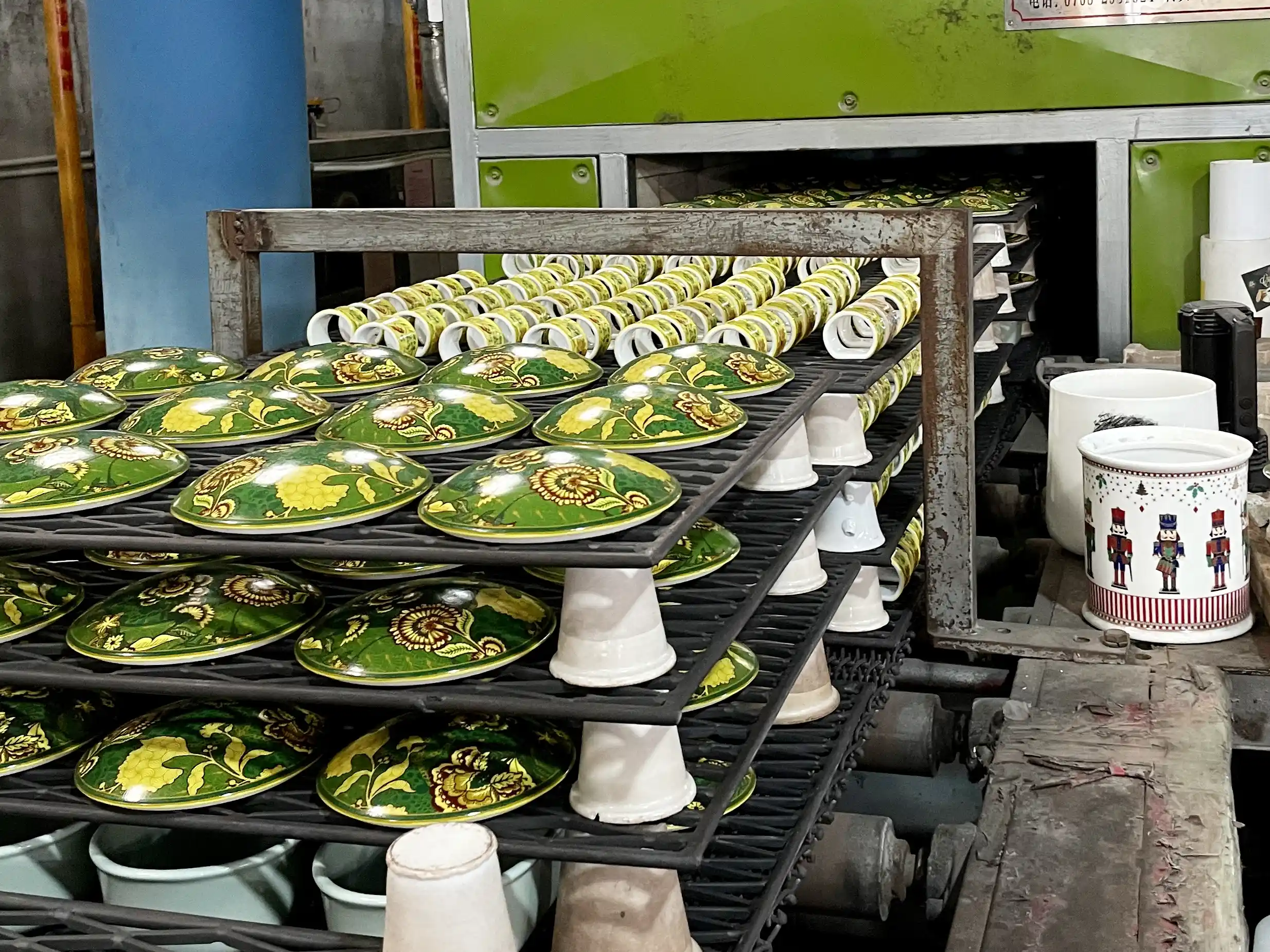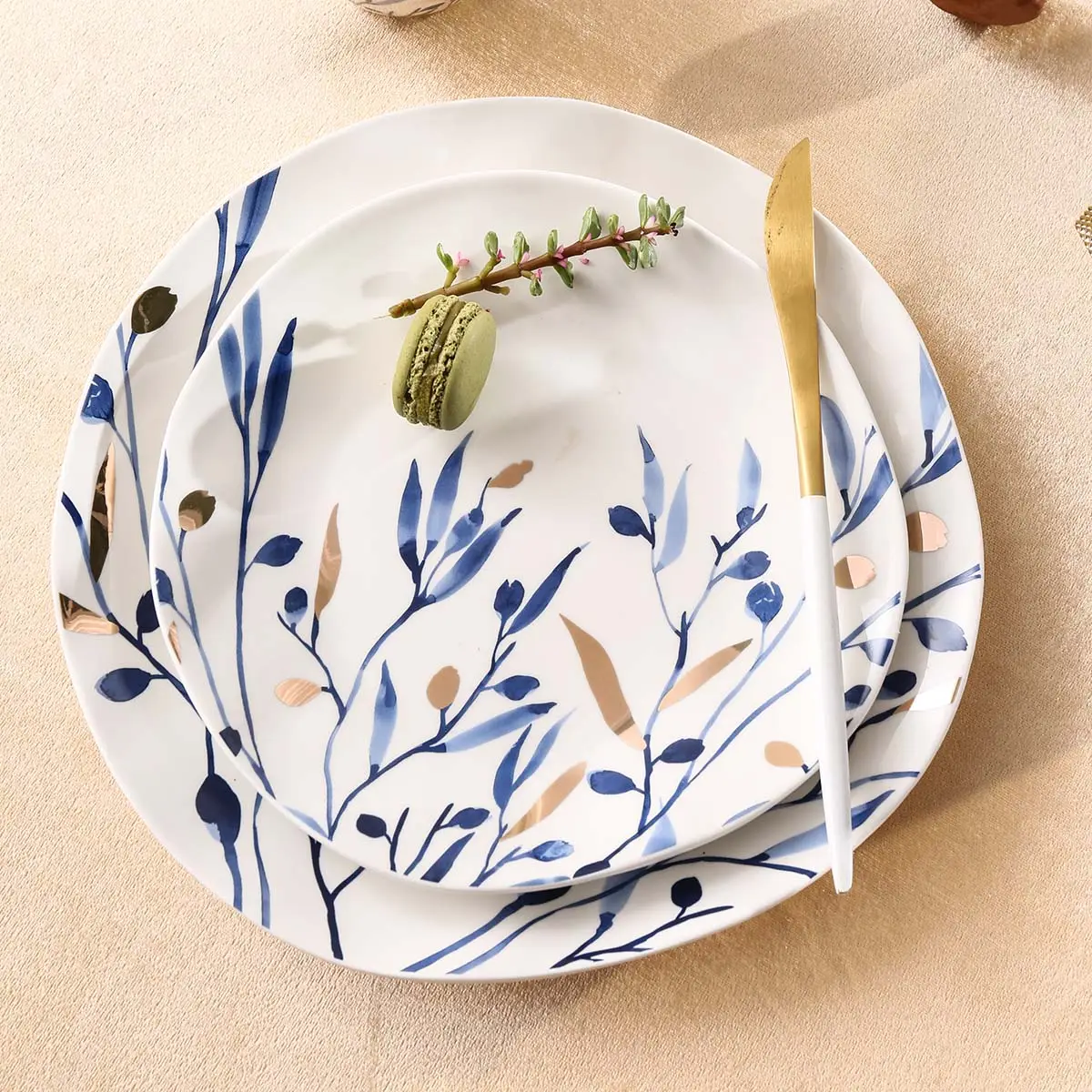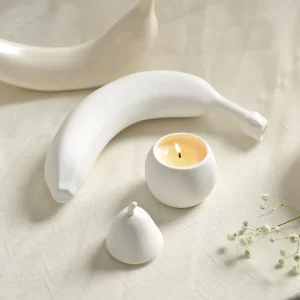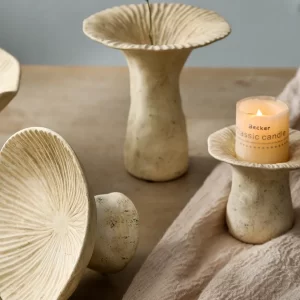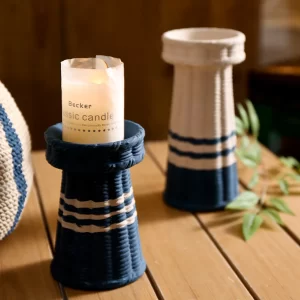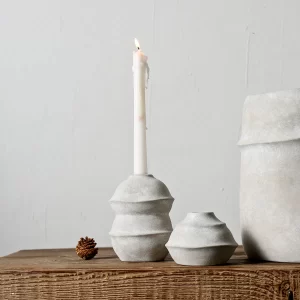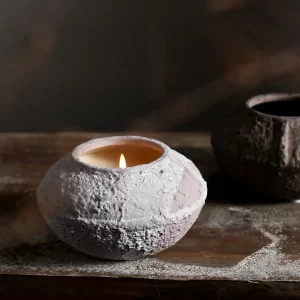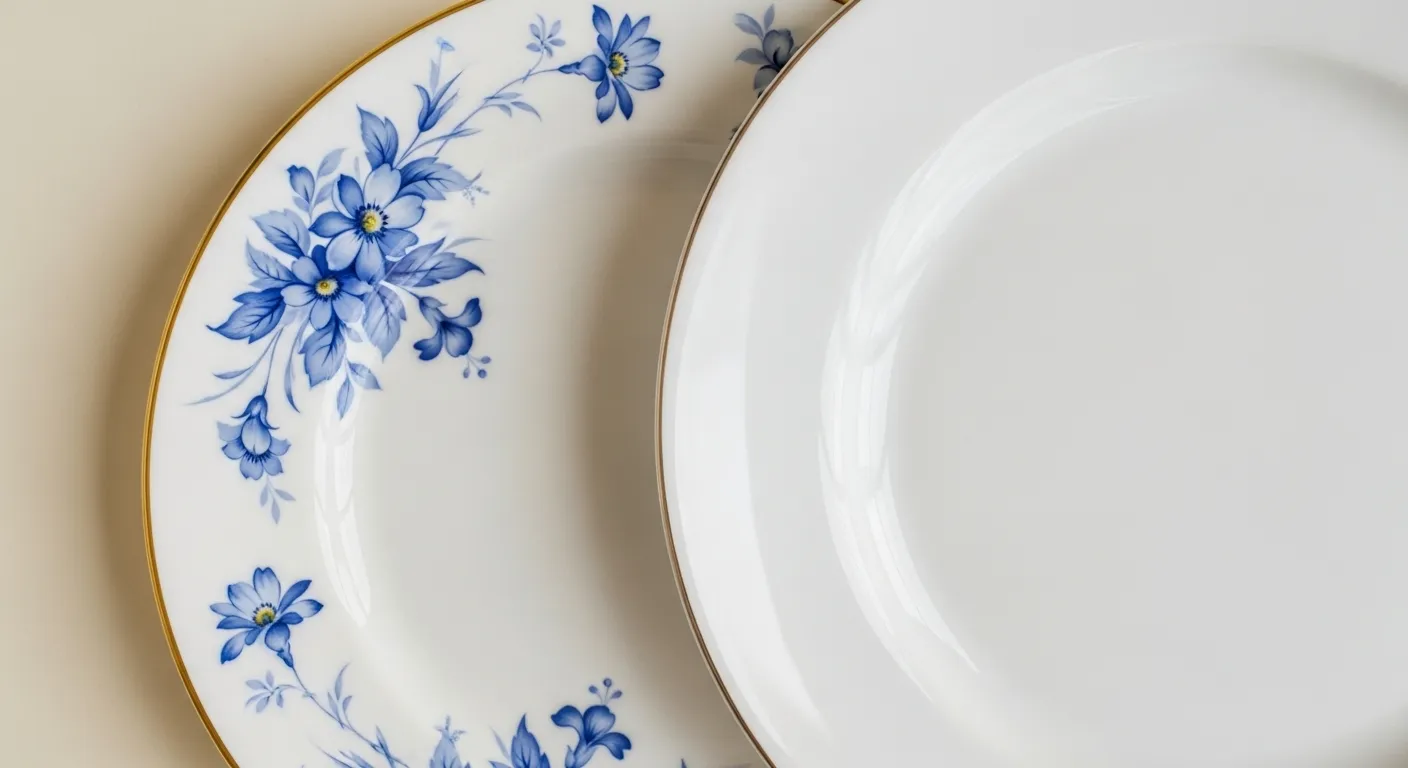
Ao comprar colecções de louça bonita, a maioria dos compradores - especialmente os que compram em quantidade para restaurantes, hotéis ou retalhistas - ficam na dúvida: Qual é a diferença entre loiça de porcelana e porcelana de ossos? Podem parecer muito semelhantes à primeira vista, mas é importante conhecer as diferenças de material, aspeto e desempenho antes de decidir sobre um design ou uma compra por grosso.
Ser empresário do sector da cerâmica de mesa, AmarCasa quer informá-lo sobre as diferenças importantes entre a porcelana de ossos e a porcelana.
Componentes do material
A Bone China é constituída por cinzas de ossos (normalmente de ossos de gado), que são combinadas com caulino e feldspato. Isto dá-lhe uma translucidez clara e um aspeto cremoso, cor de marfim.
A porcelana, no entanto, contém caulino, feldspato e quartzo, mas não cinzas de ossos. É cozida a uma temperatura mais elevada e também parece mais branca e mais densa.
A loiça de porcelana é muito utilizada tanto a nível doméstico como artigos de mesa para empresas uma vez que possui uma combinação ideal de beleza e resistência.
Diferenças visuais
A Bone China é extremamente pálida e quente, com uma tonalidade branco-marfim. A Bone China é também extremamente macia e sedosa ao toque e é normalmente utilizada em jantares formais.
A porcelana tende a ser branca brilhante, de tom uniforme e mais densa, pelo que tem um aspeto limpo e moderno. A porcelana pode ser esmaltada com uma grande variedade de esmaltes, motivos e decalques e pode ser utilizada em jantares informais ou formais.
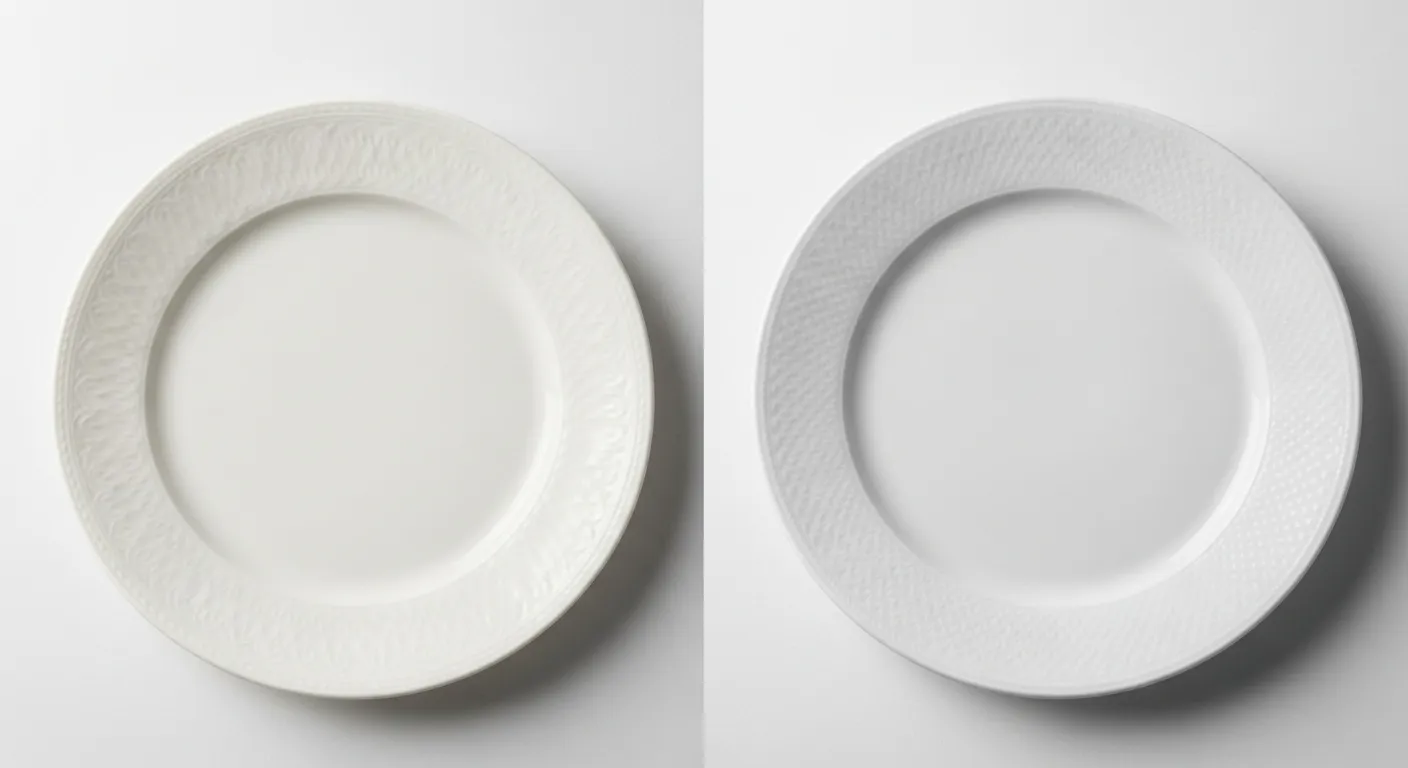
Durabilidade e utilização
Enquanto a porcelana de ossos é mais leve e pode ser maravilhosamente durável, a porcelana tem maior dureza, durabilidade e resistência ao calor e ao desgaste, especialmente útil na utilização em serviços alimentares ou na lavagem da loiça.
Louça de cerâmica é frequentemente a primeira escolha para:
- Hotéis e restaurantes
- Marcas de retalho
- Artigos de mesa para uso diário
Graças à sua elevada temperatura de cozedura e à sua estrutura densa, a cerâmica tem um bom desempenho em situações quotidianas.
Peso e sensação
A porcelana de ossos é leve e delicada.
A porcelana é pesada na mão, uma sensação de solidez e peso.
Na LovingHome, nosso produtos cerâmicos são concebidos para conciliar forma e função, oferecendo a combinação ideal de peso, resistência e aparência.
Factores de custo
A porcelana de ossos, enquanto produto e processo, é mais cara e especializada.
A porcelana, no entanto, oferece uma relação preço-desempenho sem paralelo. É melhor comprada em quantidades por grosso e personalizada com uma marca sem comprometer o design ou a qualidade.
Qual é o ideal para si?
Se estiver a criar uma coleção de loiça de alta qualidade com uma textura delicada e rendilhada, a porcelana de ossos pode ser algo a considerar. Mas para todas as outras aplicações comerciais - desde a restauração fina até à simples loiça doméstica - a cerâmica é mais durável, mais amiga do design e mais adaptável.
Porquê a LovingHome para louça de porcelana?
Na LovingHomeA nossa empresa é especializada na conceção, produção e venda por grosso de loiça de porcelana de alta qualidade. Estabelecidos no sector há cerca de 20 anos, ajudamos os clientes internacionais a realizar os seus sonhos de loiça de mesa através de..:
- Soluções profissionais OEM e ODM
- A equipa de conceção original dedica-se ao compromisso
- Capacidades de personalização completas (forma, esmalte, cor, impressão, embalagem)
- Cadeia de abastecimento estável e serviços de exportação profissionais
A nossa coleção de porcelana é trabalhada com amor para proporcionar beleza, resistência e uma boa relação qualidade/preço aos nossos clientes.
